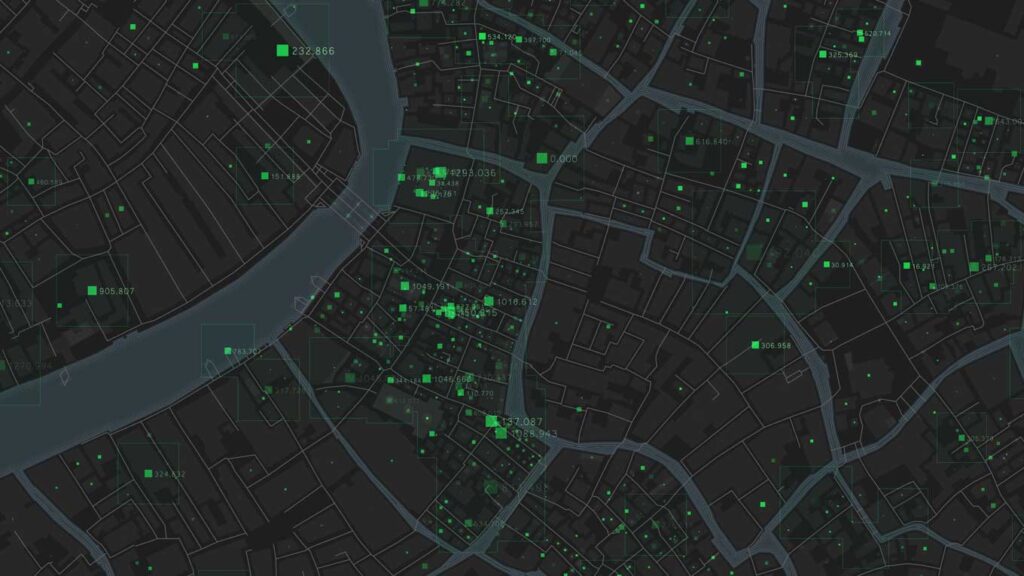
Jul 19, 2022
0 Comment by ViewersGeospatial technology is a quickly developing field, with a toe-hold in many careers, including urban planning, law enforcement and public guard. A vital aspect for understanding this field is to comprehend the GIS mapping tools being utilized and, generally, how they work.
Geographic information systems utilize dynamic, adaptable maps to investigate, comprehend and dissect a wide range of location-based information. Maps can explain how people, creatures, framework, landforms and weather conditions collaborate.

Making those maps requires a few abilities. And not a little technology: distant sensors, GPS, drones, cellphones and other mobile devices, fixed screens.
Then, at that point, you have the intangibles, the characteristics you get in school and at work. Imagining information in a significant manner. Seeing examples in numbers. Understanding scale. Layering one kind of information on top of another to make a total picture.
And these:
Altering and overseeing information is a critical piece of GIS mapping. Making a choice set allows you to extricate elements to make another informational collection or total credits. Having the option to digitize new elements further upgrades information.
Any individual who jumps into geographic information systems will immediately get comfortable with the large number of tools accessible to store, recover, make due, show and break down a wide range of geographic and spatial information.
GIS programming allows you to create maps and other geographic showcases to break down and present information. The presentations normally incorporate focuses, lines, regions or raster pictures (from photographs or filtered pictures).

Getting Started with GIS Mapping Tools
GIS maps allow a company or organization to find and display meaningful spatial patterns in data. It’s a big toolbox, and the tools are often used simultaneously. So where to start?
Go back to basics.
Think about what problem you are looking to solve. That will help you determine where to focus your efforts. GIS mapping tools are often divided into four categories: desktop, web, server and specialized.

Some tools—such as Esri ArcGIS Pro, Esri Story Maps, and QGIS—are the most commonly used.
ArcGIS: Produced by Esri, is the flagship product and one of the most widely used in GIS mapping, including ArcGIS Online, which transports desktop mapping into a web environment.
QGIS: A free, open-source tool, which makes it very accessible and popular among mappers.
Esri: Story Maps, another free program, provides context and supporting information, so it can be a stand-alone resource.
All three of these applications can be used to:
With desktop applications, you can add layers — styled as a stroke, fill or label — to maps to make comparisons. You can also create selection sets, which allow you to manipulate or highlight just one part of a map, to pull out details.